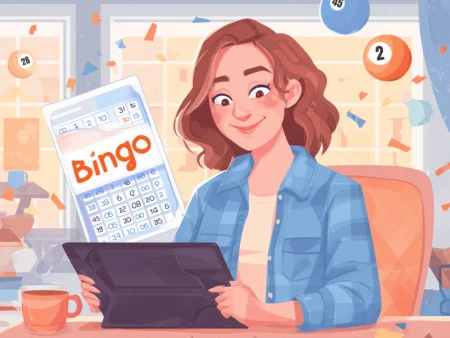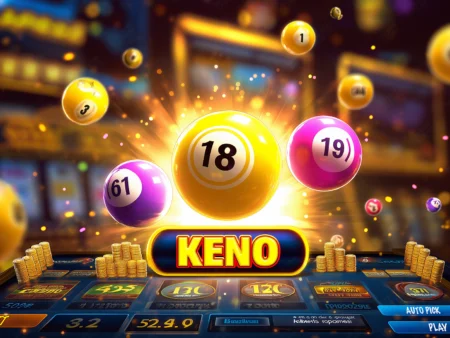RTP is something new slot players are very likely to encounter when playing, but they may not understand it off the bat. Seasoned veterans know that RTP matters and plays a critical role in establishing how successful a slot experience will be. Of course, there are other elements to consider, too (such as variance/volatility), but it all begins with RTP. In this article, Go Spin answers the question, “What is RTP?” We’ll explain how it works and why it is important for slot fans to understand. Let’s begin with an explanation.

Slot RTP Explained
The first step to having slot RTP explained is to understand what it is an acronym for. RTP means Return to Player. This is the theoretical rate (defined and showcased as a percentage) of payouts versus profit for the casino. For instance, if a slot has an RTP rate of 95%, this means that the casino allocates $0.95 out of every $1.00 spent on the slot to a theoretical pot, which can be won by all players over all of time.
This does not mean that only $0.97 can be won every time $1.00 is bet because that hypothetical winning prize pot will also consist of every $0.97 bet that didn’t win, made by every player over all of time. The theoretical pot, therefore, is essentially limitless. However, this does mean that the remaining $0.03 of each bet will never see the light of day, going straight into the casino’s pocket as pure profit.
RTP is determined by game developers and software providers and ingrained in each slot using random number generator algorithms. However, there are some games in which software providers allow casinos to manipulate the RTP rate, effectively allowing them to control how much of a cut of each stake the house receives. For this reason, it is essential to know the RTP rate of any slot before wagering.
The Difference Between House Edge and RTP Rates
You may not be familiar with RTP, but you may have heard of the house edge. This is effectively the opposite side of the same coin. On one side is RTP, the theoretically available amount (pot) for all players to win. On the other is house edge – the 3% in the example above that you’ve no chance of winning.
When assessing how fair a slot is, we use one side of the coin, RTP rates, to determine fairness. When we’re talking about the fairness of table games, we’ll use the other, house edges. The higher the RTP rate, the fairer the slot. The lower the house edge, the fairer the table game.
How RTP Affects Winnings
You may be wondering how RTP affects winnings. In truth, it works in a weird sort of way. RTP simply tells you how fair a game is in comparison to the casino supporting it. A low RTP indicates an unfair game at an unfair casino, as the house is taking a larger chunk of each stake as profit. What RTP does, though, is work in coordination with volatility, and between the two, you can work out how fair a game is.
Volatility, or variance, tells you how frequently a slot pays and what sort of wins you’ll land, like so:
- Highly Volatile: High volatility means slot wins are sizable, but the game pays out infrequently.
- Low Variance: Low variance means wins regularly occur, but games award smaller-value prizes.
- Medium Variance/Volatility: Medium variance/volatility means something in-between is available.
You can gauge how fair a game is by comparing its volatility with its RTP rate. There isn’t a bona fide equation or anything – it’s just your gut instinct based on the information you have. In terms of high variance (for example), high RTP and high volatility are at one end of a scale for slots, and low RTP and high volatility sit at the other.
For instance, a highly volatile slot with an RTP of 97% pays out infrequently but has truly big wins on offer. However, a slot that is equally as volatile but has an RTP of 94% also pays infrequently, but its big wins will be worth substantially less than its high RTP, high variance counterpart.
The Average RTP in Slot Games
On average, most slot games worth your time will have an RTP rate of around 95% to 96%. We consider these the industry standard. It is okay to drop to 94% for fruit machines or older slot games, but we wouldn’t go much lower than that without losing value. On the other hand, slots with RTP rates of 97% are very much worth exploring, and some can even hit heights of 98%. Naturally, these are super appealing.
5 Top RTP Tips for Playing Slots as Beginners
As always, Go Spin’s experts have plenty of top advice to share with rookies and amateurs on slots. This time, we’ve come up with five top RTP tips for playing slots as beginners, and they include:
#1 Ensure Casinos Haven’t Manipulated the RTP
Always check to ensure that online casinos haven’t manipulated the RTP in games. Some software providers let them do it; others do not. Check the slot’s RTP at the casino and compare it with that displayed on the software provider’s webpage. The casino should be at least on par or have a higher RTP rate than shown on the software developer’s page.
#2 Are Games RNG-Certified?
If slots are RNG-certified at a casino, then they are likely verified as fair with decent RTP rates by independent thirty parties, such as eCOGRA, iTech Labs, BMM and others.
#3 Learn About Volatility, Too
It’s also worth learning about volatility, as we’ve detailed above. Volatility can be just as important as RTP in determining how a slot pays. Scroll up to visit that section if you haven’t already done so.
#4 Calculating RTP
You don’t have to take the figure shown – you can calculate RTP yourself. Simply divide the amount won by the amount spent and convert the answer into a percentage. Bear in mind that this is only truly accurate for tens of thousands if not hundreds of thousands, of spins.
#5 Learn Where to Find RTP in Slots
There are places showcasing a game’s RTP rate. The game’s paytable, the software provider’s websites, the casino, and even slot review pages at times. All can offer the RTP rates of games, and we encourage you to check them out before wagering with real money.












































